ForeFlight adds wake turbulence alerts
iPad Pilot News
JUNE 7, 2024
ForeFlight adds wake turbulence alerts iPad Pilot News Datalink weather stole the show when portable ADS-B technology debuted over a decade ago, providing pilots with free in-flight weather imagery in mobile apps like ForeFlight. The visual depiction of the wake provides an aid to situational awareness when approaching wake turbulence.




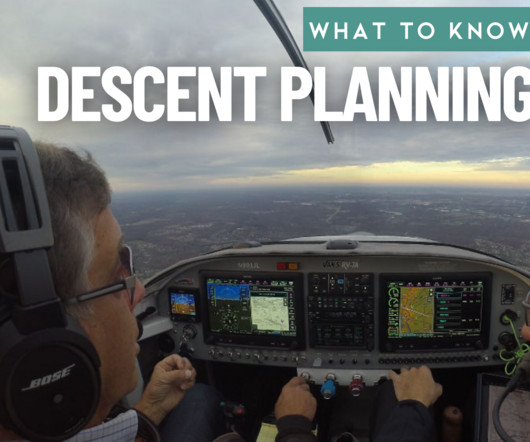


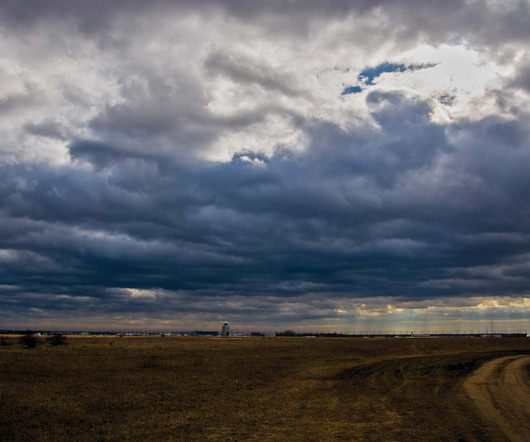



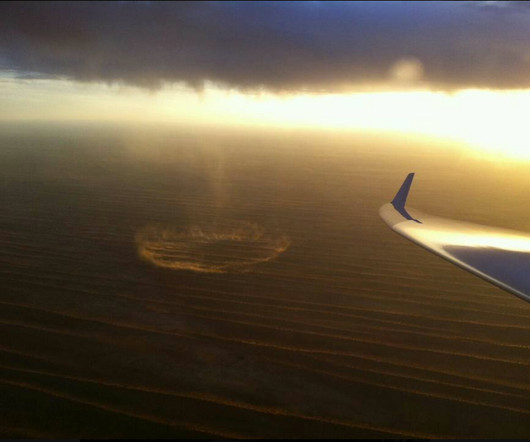


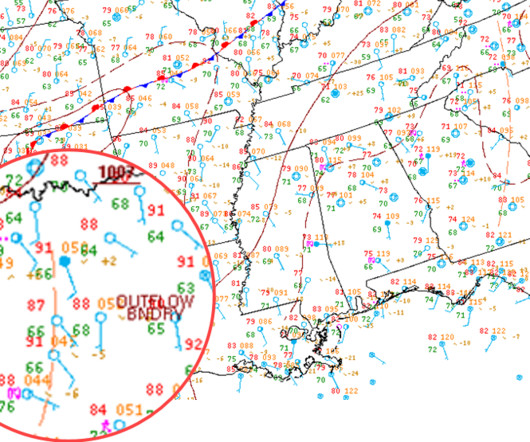
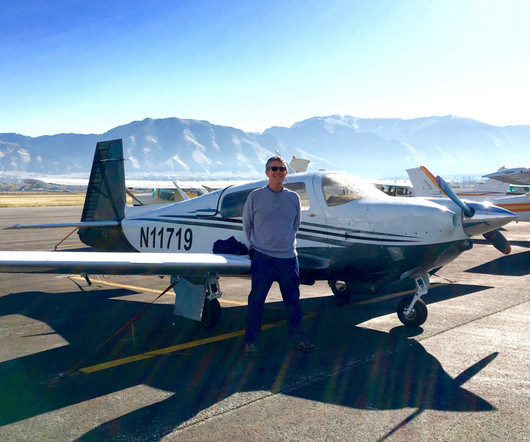


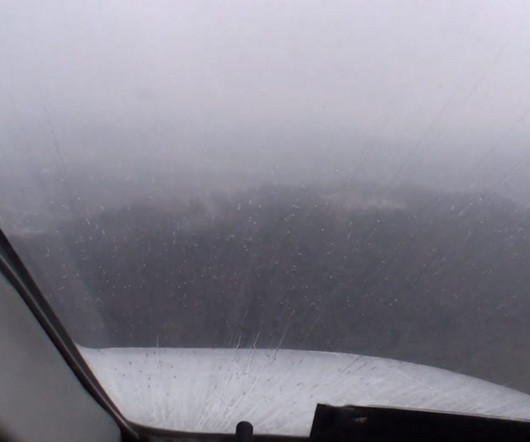







Let's personalize your content